

We are one of the leading manufacturers, distributors, and suppliers of Citric Acid in USA. Its CAS Number is 77-92-9, and the chemical formula is C6H8O7.
Citric Acid (C₆H₈O₇) is a naturally occurring tricarboxylic acid found in citrus fruits, universally valued for its acidity, high solubility, and chelating properties. Citric Acid (2-Hydroxy-1,2,3-propane-tricarboxylic acid or E330) available in two main commercial forms: Citric Acid Monohydrate and Anhydrous Citric Acid, the difference being the presence or absence of water molecules in the crystalline structure. Both forms are supplied in IP/USP grades, ensuring high purity and consistent performance. Citric Acid serves multiple industries including Food & Beverage Manufacturing, Pharmaceuticals & Nutraceuticals, Cosmetics & Personal Care, Industrial Cleaning & Detergents, Chemical Manufacturing, and other specialized applications. We are among the trusted citric acid manufacturers and suppliers in the United States and worldwide, offering high-quality monohydrate and anhydrous grades that meet US quality and safety standards, with reliable lead times and global supply capability.


Citric Acid (C₆H₈O₇) is a naturally occurring tricarboxylic acid found in citrus fruits, universally valued for its acidity, high solubility, and chelating properties. Citric Acid (2-Hydroxy-1,2,3-propane-tricarboxylic acid or E330) available in two main commercial forms: Citric Acid Monohydrate and Anhydrous Citric Acid, the difference being the presence or absence of water molecules in the crystalline structure. Both forms are supplied in IP/USP grades, ensuring high purity and consistent performance. Citric Acid serves multiple industries including Food & Beverage Manufacturing, Pharmaceuticals & Nutraceuticals, Cosmetics & Personal Care, Industrial Cleaning & Detergents, Chemical Manufacturing, and other specialized applications. We are among the trusted citric acid manufacturers and suppliers in the United States and worldwide, offering high-quality monohydrate and anhydrous grades that meet US quality and safety standards, with reliable lead times and global supply capability.

.3d8f8f41.svg)
Food & Nutrition
.3556d45a.svg)

Food Ingredients


Flavor Enhancers
.7767eb0f.png)

Chemical Properties & Specifications
Provides a sharp, tart taste in soft drinks, fruit juices, candies, and jams, balancing sweetness and enhancing overall flavor profiles
Its acidic nature inhibits microbial growth, significantly extending the shelf life of various food products.
Crucial for maintaining stable pH levels in drug formulations, optimizing stability, and efficacy. Essential for balancing the pH of creams, lotions, shampoos, and cleansers to match the skin's natural pH, ensuring product stability and skin compatibility. Used as a precise pH regulator in various chemical reactions and processes
Reacts with bicarbonates to produce carbon dioxide, creating the fizz in effervescent tablets and powders, aiding in drug dissolution and palatability.
Used to bind trace metals that could otherwise catalyze degradation reactions in medicines
Helps protect formulations from oxidation, maintaining product integrity.
Highly effective in removing mineral deposits (limescale, rust) from pipes, boilers, and industrial equipment due to its chelating properties.
Used to control pH and sequester metal ions in industrial water systems.
Incorporated into some plastics to enhance flexibility
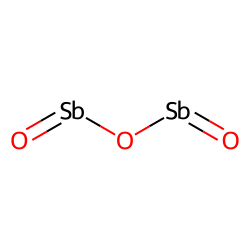
CAS No. : 1309-64-4
Category : Inorganic Chemicals
Sub-Category : Flame Retardant
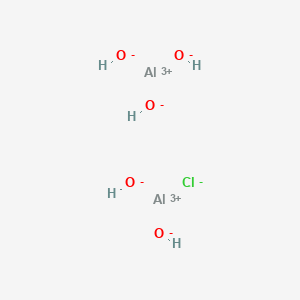
CAS No. : 1327-41-9
Category : Inorganic Chemicals
Sub-Category : Metal-Based Coagulants
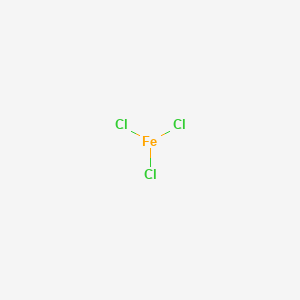
CAS No. : 7705-08-0
Category : Inorganic Chemicals
Sub-Category : Metal-Based Coagulants
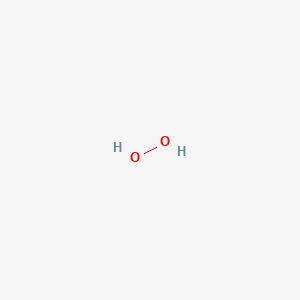
CAS No. : 7722-84-1
Category : Inorganic Chemicals
Sub-Category : Peroxides & Oxidizing Agents
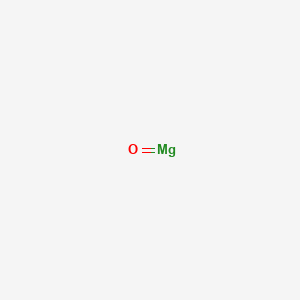
CAS No. : 1309-48-4
Category : Inorganic compound
Sub-Category : Flame Retardant
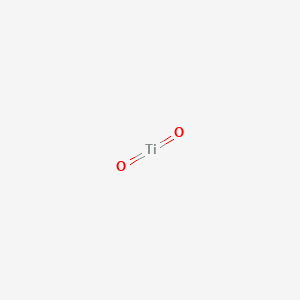
CAS No. : 13463-67-7
Category : Pigments & Colorants
Sub-Category : Inorganic Pigments

CAS No. : 13463-67-7
Category : Pigments & Colorants
Sub-Category : Inorganic Pigments
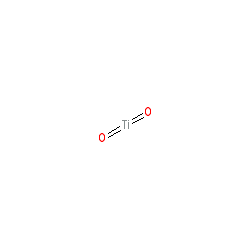
CAS No. : 13463-67-7
Category : Pigments & Colorants
Sub-Category : Inorganic Pigments
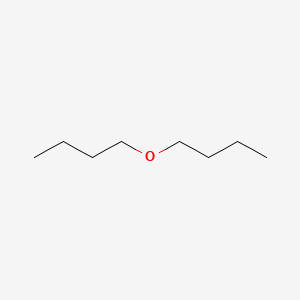
CAS No. : 142-96-1
Category : Solvents & Carriers
Sub-Category : Ethers & Ether-Based Solvents
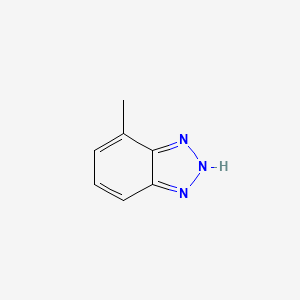
CAS No. : 29385-43-1
Category : Specialty Polymers & Additives
Sub-Category : Corrosion Inhibitor Additives
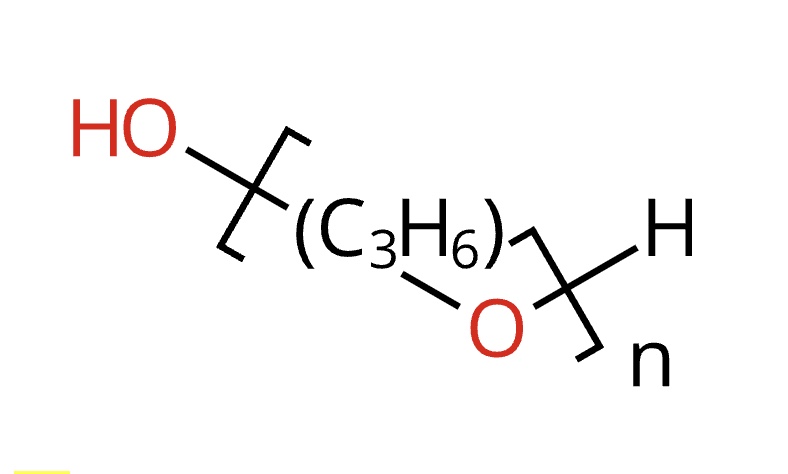
CAS No. : 25322-69-4
Category : Specialty Polymers & Additives
Sub-Category : Polyether Polyols
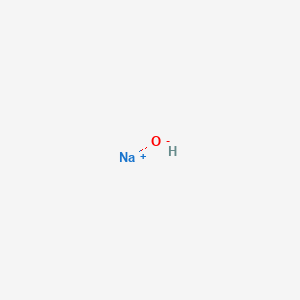
CAS No. : 1310-73-2
Category : Inorganic Chemicals
Sub-Category : Alkalis & Bases
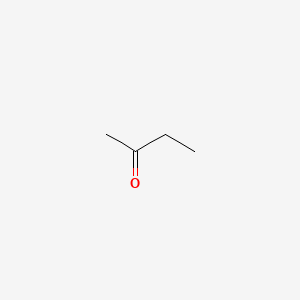
CAS No. : 78-93-3
Category : Base Chemicals & Intermediates
Sub-Category : Ketones & Solvents
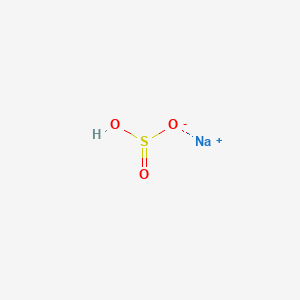
CAS No. : 7631-90-5
Category : Inorganic Chemicals
Sub-Category : N/A
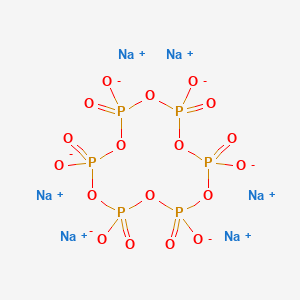
CAS No. : 10124-56-8
Category : Inorganic Chemicals
Sub-Category : N/A
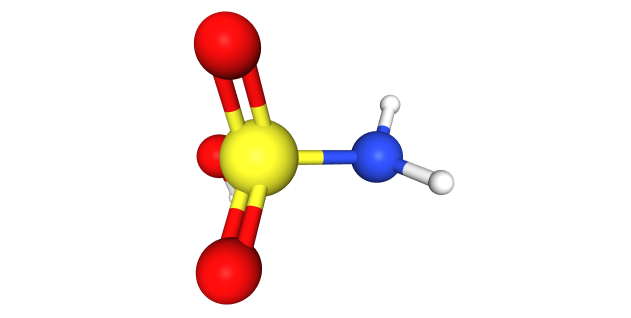
CAS No. : 5329-14-6
Category : Inorganic Chemicals
Sub-Category : Acid Derivatives
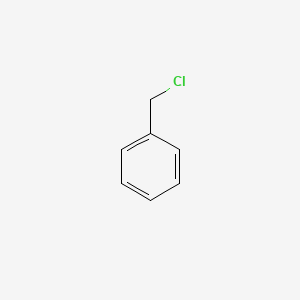
CAS No. : 100-44-7
Category : Organic Intermediates
Sub-Category : Chlorinated Aromatic Compounds
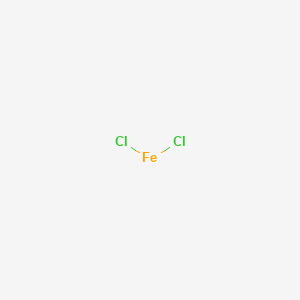
CAS No. : 7758-94-3
Category : Inorganic Chemicals
Sub-Category : Metal Halides

CAS No. : 1314-13-2
Category : Inorganic Chemicals
Sub-Category : N/A

CAS No. : 51731-04-5
Category : Inorganic Chemicals
Sub-Category : Metal Carboxylates
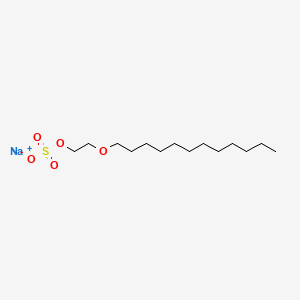
CAS No. : 9004-82-4
Category : Cosmetic Ingredients
Sub-Category : Surfactants & Foaming Agents
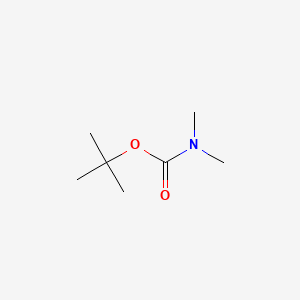
CAS No. : 61788-93-0
Category : Surfactants & Emulsifiers
Sub-Category : Fatty Amines
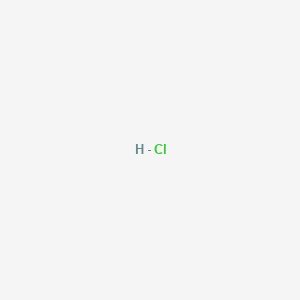
CAS No. : 7647-01-0
Category : Inorganic Acids
Sub-Category : Mineral Acids
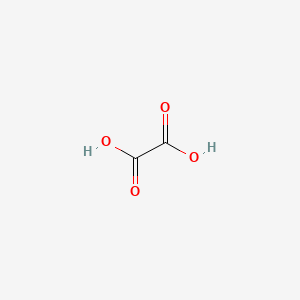
CAS No. : 144-62-7
Category : Organic Acid Derivatives
Sub-Category : Dicarboxylic Acids
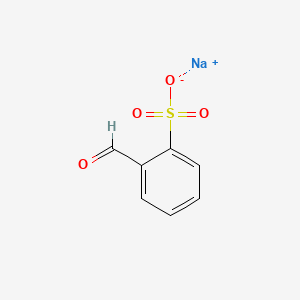
CAS No. : 17465-11-3
Category : Organic Intermediates
Sub-Category : Aromatic Sulfonates

CAS No. : 7704-34-9
Category : Inorganic Chemicals
Sub-Category : Sulfur & Derivatives
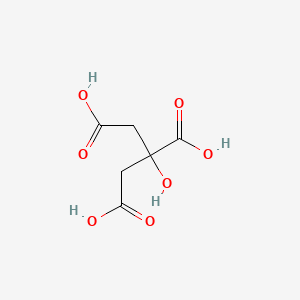
CAS No. : 77-92-9
Category : Food Ingredients
Sub-Category : Flavor Enhancers

CAS No. : 7631-90-5
Category : Inorganic Chemicals
Sub-Category : N/A

CAS No. : 10124-56-8
Category : Inorganic Chemicals
Sub-Category : N/A
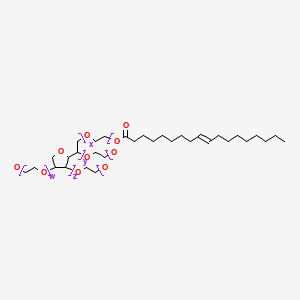
CAS No. : 9005-65-6
Category : Surfactants & Emulsifiers
Sub-Category : N/A
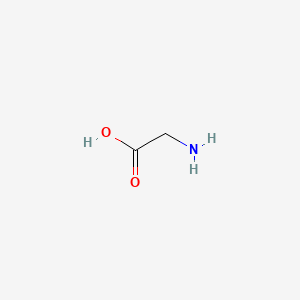
CAS No. : 56-40-6
Category : Nutraceutical Ingredients
Sub-Category : Amino Acids & Proteins
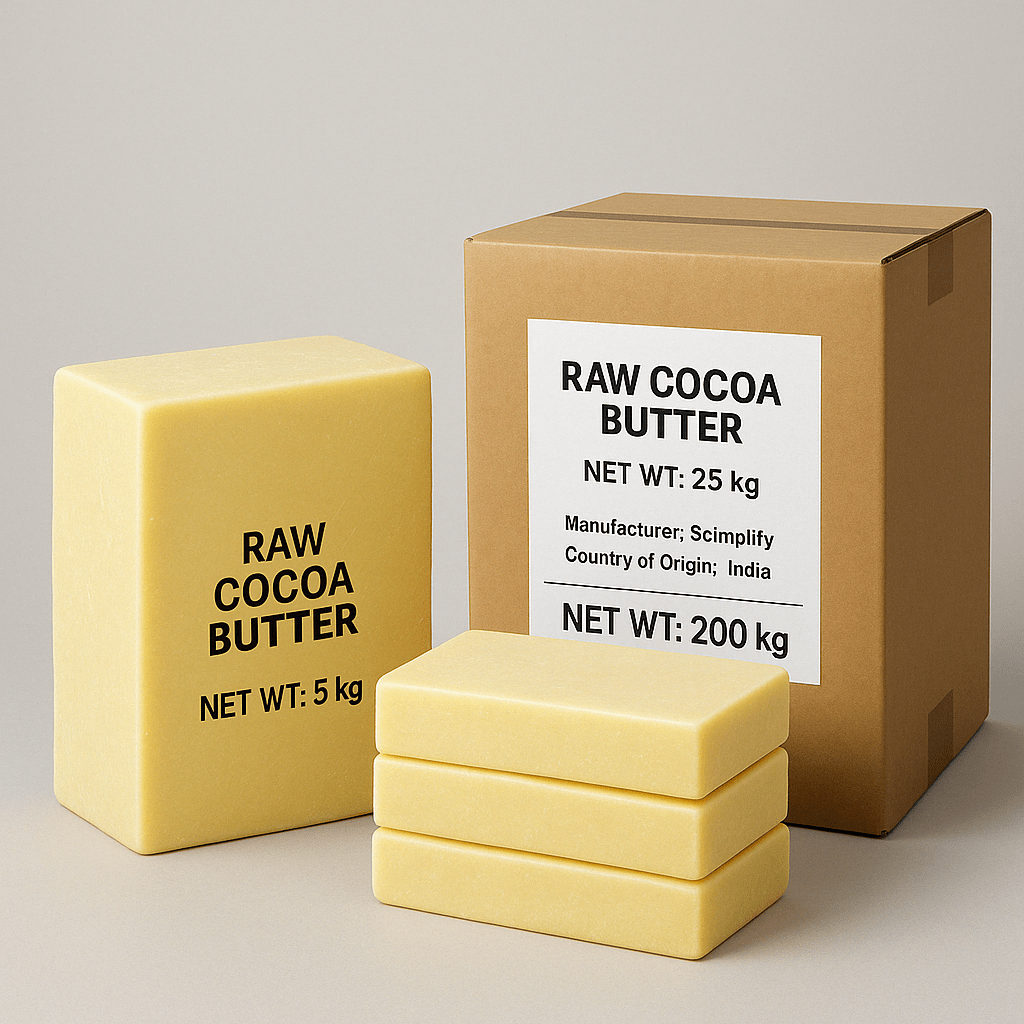
CAS No. : 8002-31-1
Category : Food Ingredients
Sub-Category : Cocoa & Chocolate Derivatives
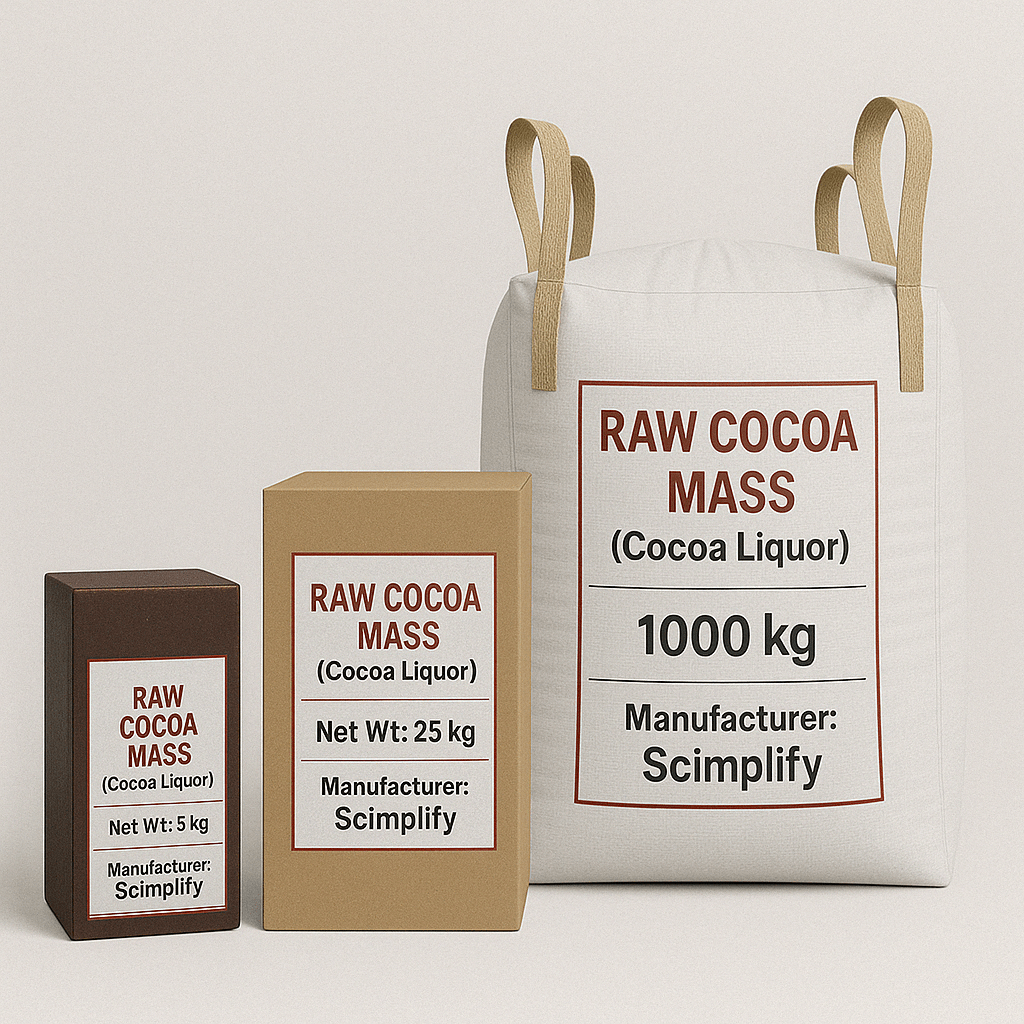
CAS No. : 84649-99-0
Category : Food Ingredients
Sub-Category : Cocoa & Chocolate Derivatives
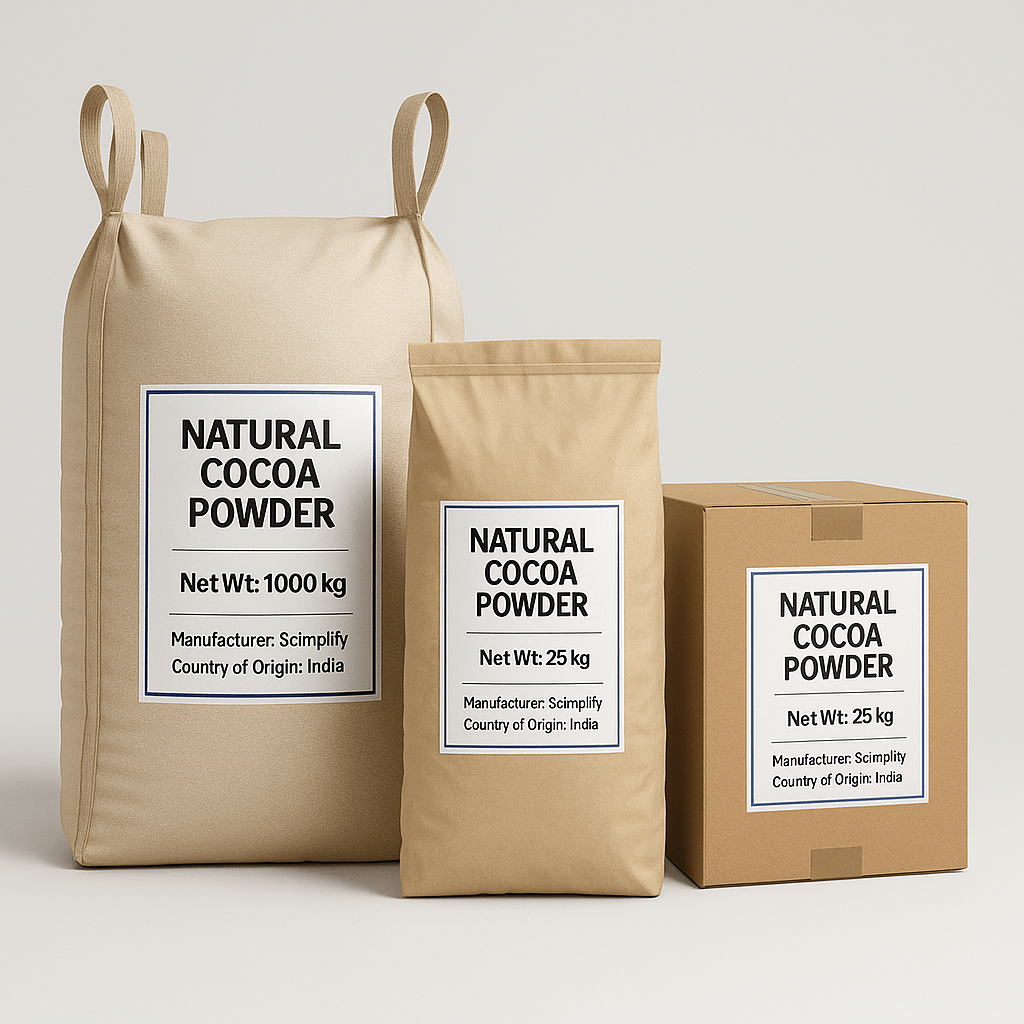
CAS No. : 84649-99-0
Category : Food Ingredients
Sub-Category : Cocoa & Chocolate Derivatives
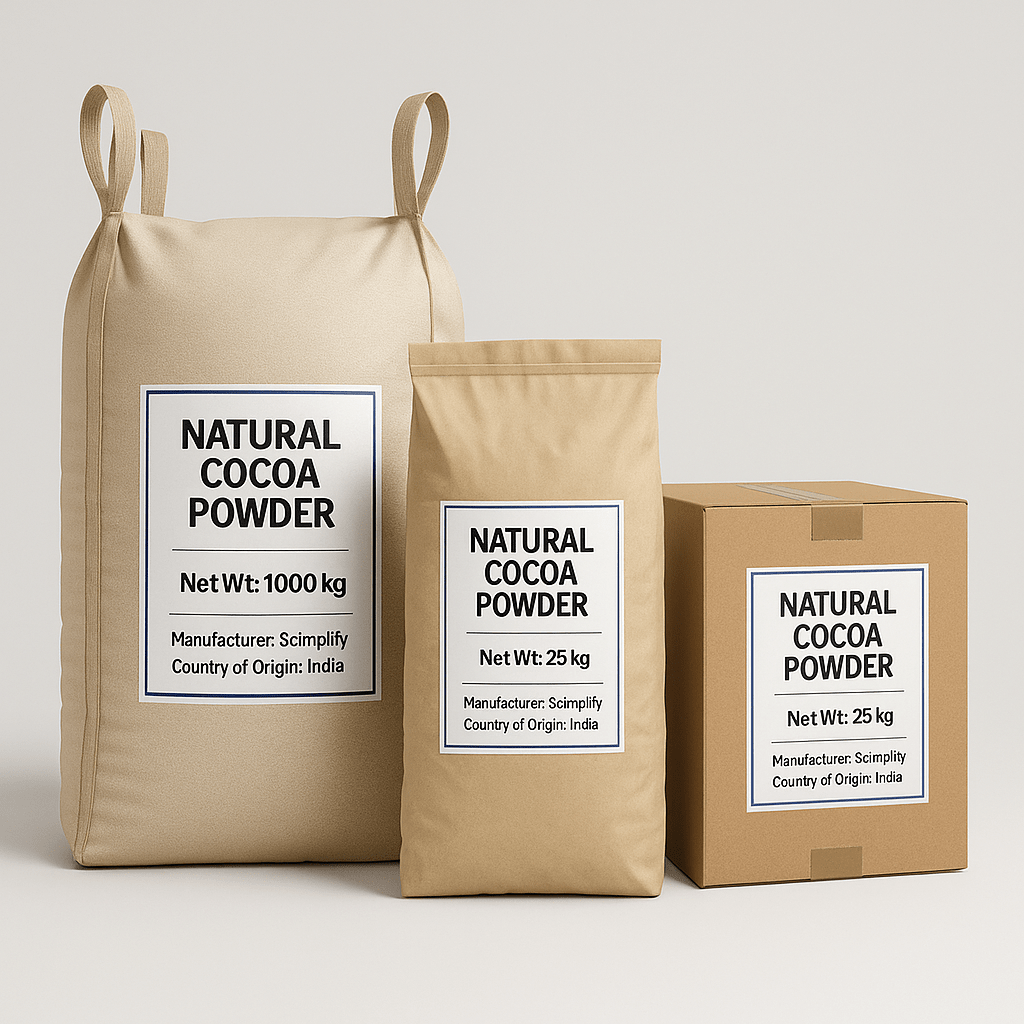
CAS No. : 84649-99-0
Category : Food Ingredients
Sub-Category : Cocoa & Chocolate Derivatives
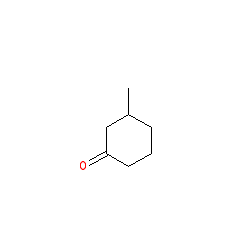
CAS No. : 36306-87-3
Category : Fragrance Ingredients
Sub-Category : Ionones & Ketones
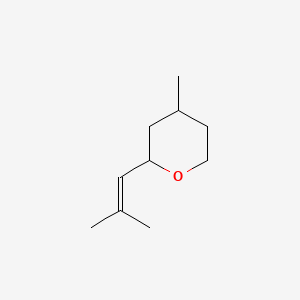
CAS No. : 16409-43-1
Category : Fragrance Ingredients
Sub-Category : Aroma Compounds

CAS No. : 56011-02-0
Category : Fragrance Ingredients
Sub-Category : Aliphatic Aromatic Ethers

CAS No. : 6413-10-1
Category : Fragrance Ingredients
Sub-Category : Ketal Fruit Esters

CAS No. : 5182-36-5
Category : Fragrance Ingredients
Sub-Category : Aroma Chemicals
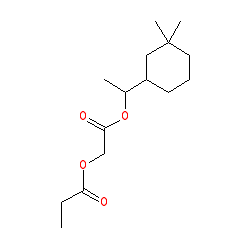
CAS No. : 236391-76-7
Category : Fragrance Ingredients
Sub-Category : Polycyclic Synthetic Musks

CAS No. : 236391-76-7
Category : Fragrance Ingredients
Sub-Category : Polycyclic Synthetic Musks
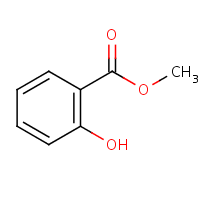
CAS No. : 119-36-8
Category : Fragrance Ingredients
Sub-Category : Aromatic Esters